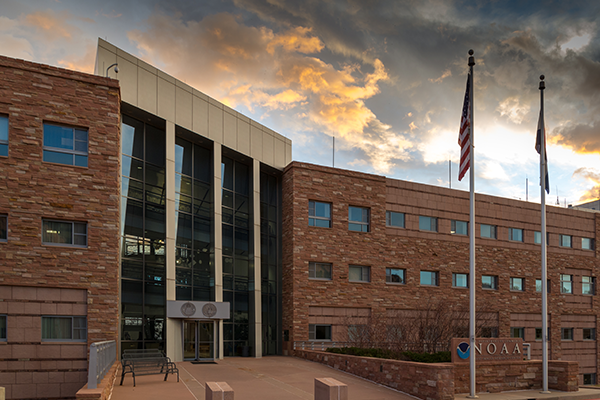
10 years of ship-based atmospheric remote sensing of clouds and aerosols over the Atlantic Ocean
Bernhard Pospichal
University of Cologne, Germany
Friday, May 26, 2017, 11:00 am
DSRC Room 2A305
Abstract
Within the framework of the OCEANET project, ship-based remote sensing observations of the atmosphere above the Atlantic Ocean have been performed on board of the German research vessels Polarstern and Meteor. Since 2007, 16 cruises have taken place, mostly between Bremerhaven (Germany) and Cape Town (South Africa) or Punta Arenas (Chile), respectively.
The goal of these measurements is a better understanding of water vapor, cloud and aerosol interaction over the open sea where data are scarce. The project was designed to measure the full atmospheric energy budget in different climate zones, including exchange processes at the sea surface. The main instrumentation on all cruises consisted of a passive microwave radiometer, a full sky imager, sun photometer, lidar ceilometer and broadband solar and infrared radiation measurements. In addition a multi wavelength Raman lidar (PollyXT) was on board of nine cruises. Spectral solar radiance and irradiance observations have been performed on five cruises.
This presentation will focus on marine stratocumulus clouds which are widespread over oceans and still pose a large uncertainty for determining the Earth’s energy budget. Detailed studies for the northern trade wind zone off the West African coast will be presented. The emphasis lies on cloud properties, such as frequency, size, variability, liquid water content as well as their impact on surface radiation. Comparison with Meteosat SEVIRI satellites for liquid water path will be presented. Furthermore, we will give a statistical overview of the meridional distribution of trade wind inversions, atmospheric water vapour and clouds and aerosols over the Atlantic Ocean. With ten years of measurements, always at the same time of the year, the variability of the atmospheric conditions in subtropical and tropical regions can be quantified.
You must provide an accepted form of identification at the Visitor Center to obtain a vistor badge. Security personnel also inspect vehicles prior to entrance of the site. Please allow extra time for these procedures.
After receiving a badge, you must arrive at the DSRC Lobby at least 5 minutes before the seminar starts to meet your security escort. If you arrive after that time, you will not be allowed entry.
Foreign Nationals: Please email the seminar contact at least 48 hours prior to the seminar to provide additional information required for security purposes.
Seminar Contact: shannon.kelly@noaa.gov